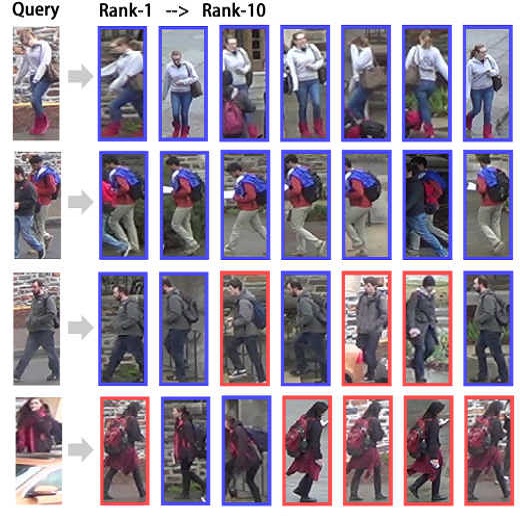Existing evaluation metrics for Person Re-Identification (Person ReID) models focus on system-wide performance. However, our studies reveal weaknesses due to the uneven data distributions among cameras and different camera properties that expose the ReID system to exploitation. In this work, we raise the long-ignored ReID problem of camera performance imbalance and collect a real-world privacy-aware dataset from 38 cameras to assist the study of the imbalance issue. We propose new metrics to quantify camera performance imbalance and further propose the Adversarial Pairwise Reverse Attention (APRA) Module to guide the model learning the camera invariant feature with a novel pairwise attention inversion mechanism.
翻译:然而,我们的研究揭示了由于照相机之间数据分布不均和不同照相机特性使ReID系统受到利用而导致的数据分布不均的弱点。在这项工作中,我们提出了长期引发的摄影机性能不平衡的ReID问题,并从38个照相机中收集了一个真实世界的有隐私意识的数据集,以协助研究不平衡问题。我们提出了新的指标,以量化相机性能不平衡,并进一步提议采用Aversarial Pairwith Reforth Reformation(APRA)模块来指导模型,以新的双向注意机制学习相机的变异特征。



